Sintered metal is a solid product made through the process of powder metallurgy from different types of metals and alloys including aluminum, copper, bronze, nickel, brass, steel, stainless steel, nickel and titanium. The solid metal powder parts are formed by pressing metal powder into a coherent mass without heating the metal to its melting point. Metal powder can be formed from solid metal bars or stock shapes using different processes such as grinding, chemical decomposition, atomization and centrifugal disintegration. Read More…
Since 1967, PSP has been a leader in small, intricate custom powdered metal parts for a wide range of industries, such as Sports & Recreation, Power Tools, Industrial Equipment, Oil & Gas.
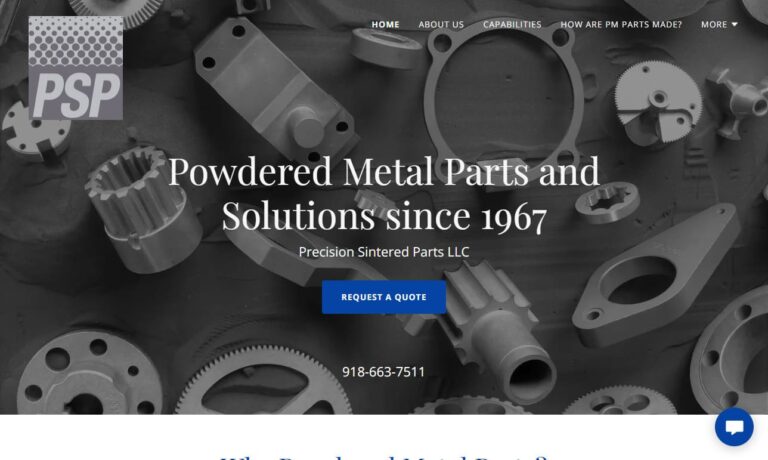
Liberty Pressed Metals is a designer and producer of Powder Metals (PM) components for use in various industries, such as automotive, lawn and garden, office equipment, power tool, home appliances, and more. Our process boost product strength, precision, and durability. We are ISO 9001: 2015 certified. Our quality management system assures top-quality sourcing of materials, as well as unmatched...
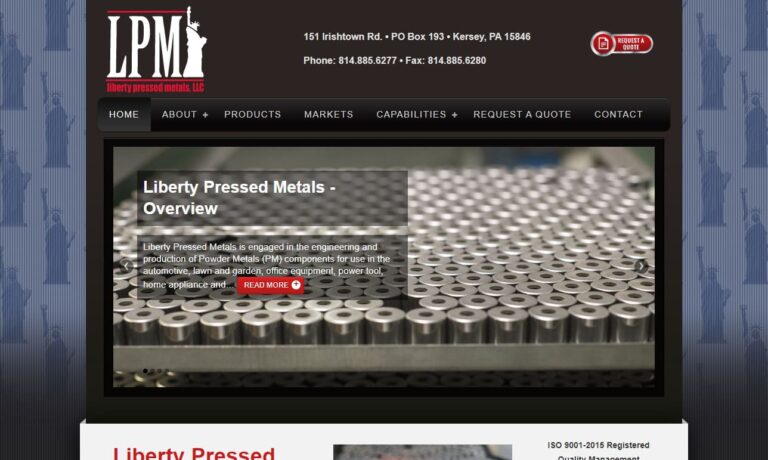
Metaltech, Inc. has been in the metal powdered industry since 1989 in the heart of Dubois, Pennsylvania known as the capital of powdered metal. Our mission is too work with our customers to determine the efficient and economical method of production. We want to bring you the best product at the best price. Call today or visit our website for more information!
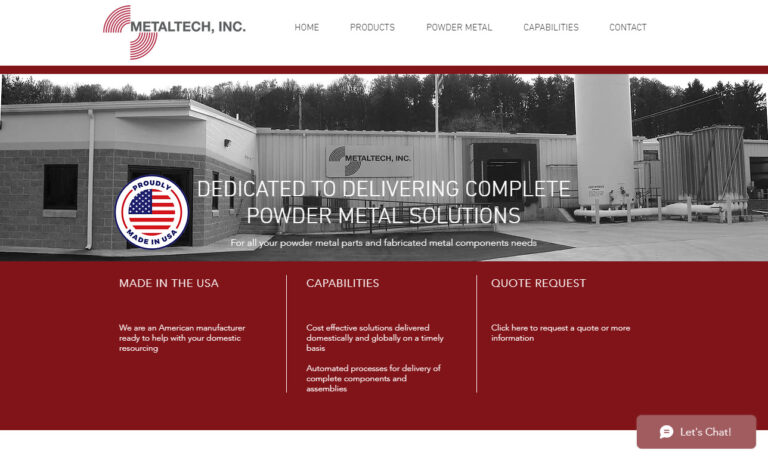
Founded in 1947, Clarion Sintered Metals is a trusted source for powdered metal parts. Clarion’s powder metallurgy specialists assist in the manufacturing of a variety of precision, cost-effective parts and components to ensure you receive the best in quality. From design assistance to finished sintered metal parts, ISO/TS 16949: 2002 registered Clarion has the expertise to meet any challenge.
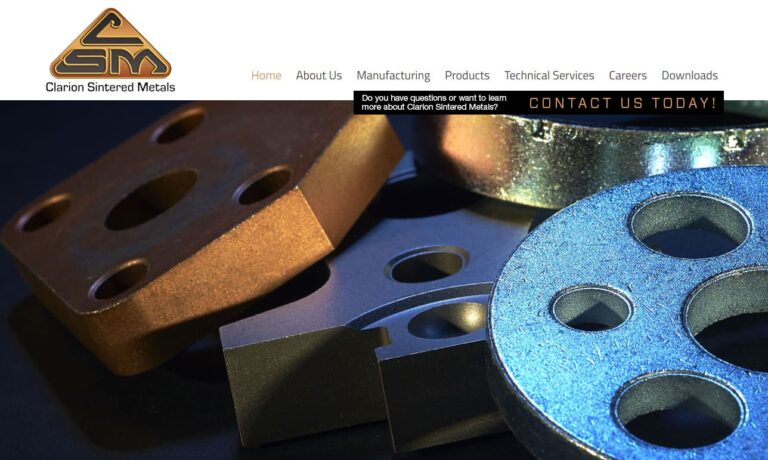
Our metal injection molding cannot be topped! We have years of field industry experience that we want to put to work for you. It is our mission that we will be able to offer high quality customer service as well as products that will withstand the tests of time to provide lasting value. For more information on what we may be able to do for you, get in touch with our customer service department...
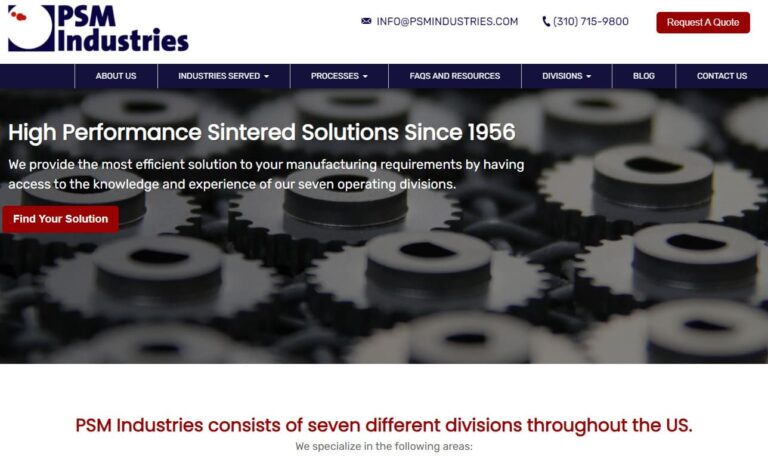
Our design team develops and tests specific materials that are best suited for the intended application. By carefully reviewing various performance data, we can determine the most suitable material characteristics that will provide optimum performance during the product's life cycle. Our design group reviews our customers' existing processes and components, and in many cases, can design a powder...
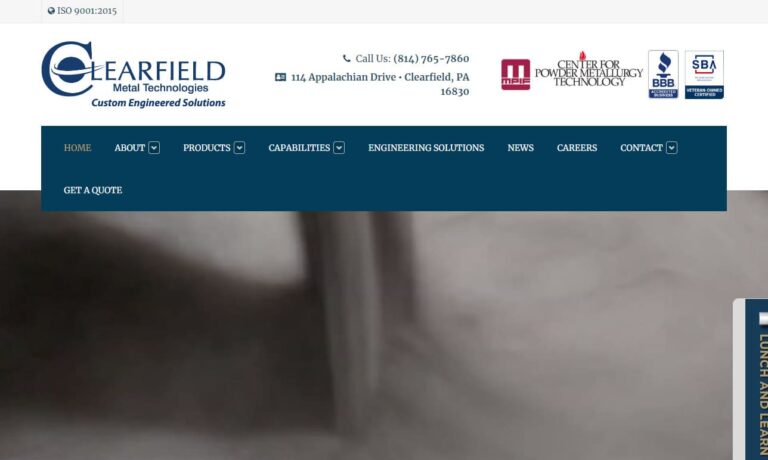
Connor Corporation is a leading manufacturer of powdered metal parts. We offer a wide range of metals including non-ferrous metals, stainless steel, steel alloys, and specialty blend alloys. Bring us your customs designs and our team will work with you to fill all of your needs. Connor Corporation also offers various secondary operations including plating and finishing operations, all of which...
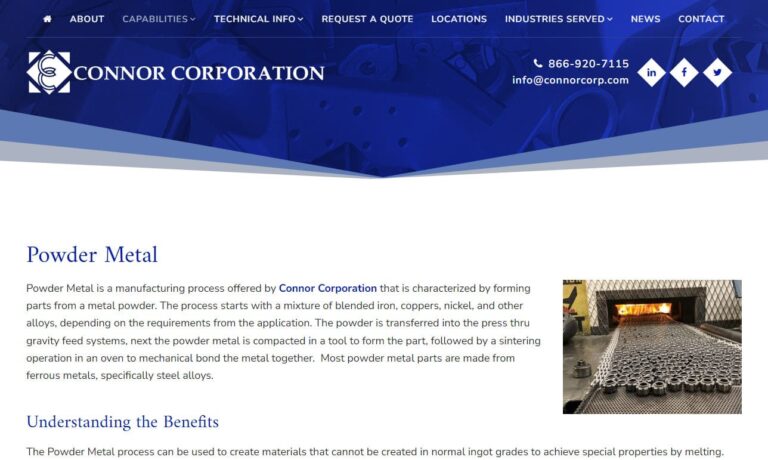
More Sintered Metal Part Manufacturers
Atomization is the most commonly used method as it effectively produces powder from almost any metal by separating molten metals into separate particles which then freeze into solid form. This powder is then used in sintering. The complete process that produces sintered metal parts is called powder metallurgy, or PM. It is widely used for manufacturing various components for industries such as electronics, automotive, hardware, computer and lawn and garden industries because it produces a minimal amount of waste. In fact, approximately 97% of the original material ends up in the finished parts, making it a cost effective fabrication solution for high volume parts, especially those made of costly metals. In addition, using this method, consistent parts can be fabricated even in large quantities with relatively accurate tolerances and repeatability.
The process used to create sintered metal involves three basic steps. First, the metal is made into a powder form, at which point it can be combined with another metal to form an alloy, or fabricated as a pure component of one metal. Sintering is able to maintain the physical properties of the materials used as it is a simple process that does not require much alteration of the elements. In the second step, the powdered metal is poured into a die or mold cavity in the shape of the desired part and compacted at room temperature under great pressure. The amount of pressure required will be determined by the type of metal used as some are more malleable than others.
In the die, the powders are compacted into a solid shape. The metal mass is then removed from the die and put into a furnace under extreme heat. This part of the process, called sintering, fuses the metal particles together without melting them, forming a rigid, high strength and porous component. The porosity of the part can be altered according to the desired level of flow, both of liquids and air, of the finished product based on its intended application.

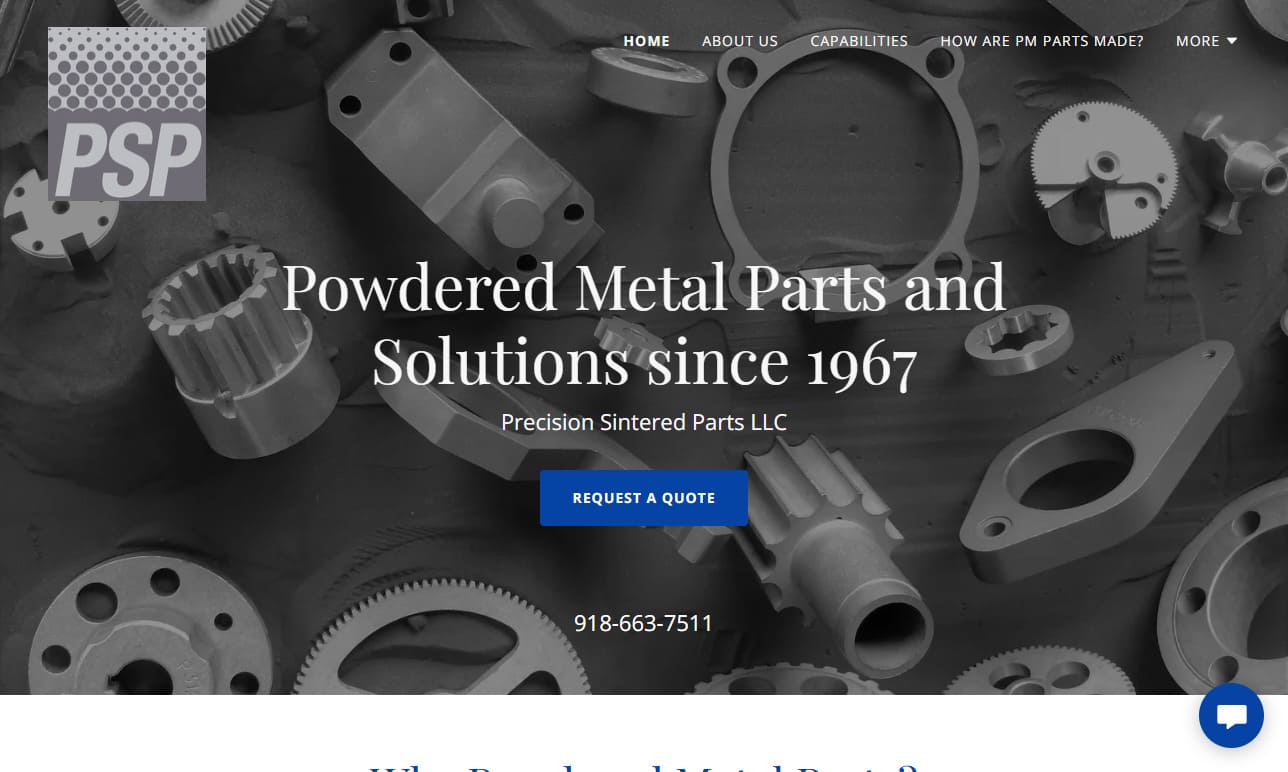
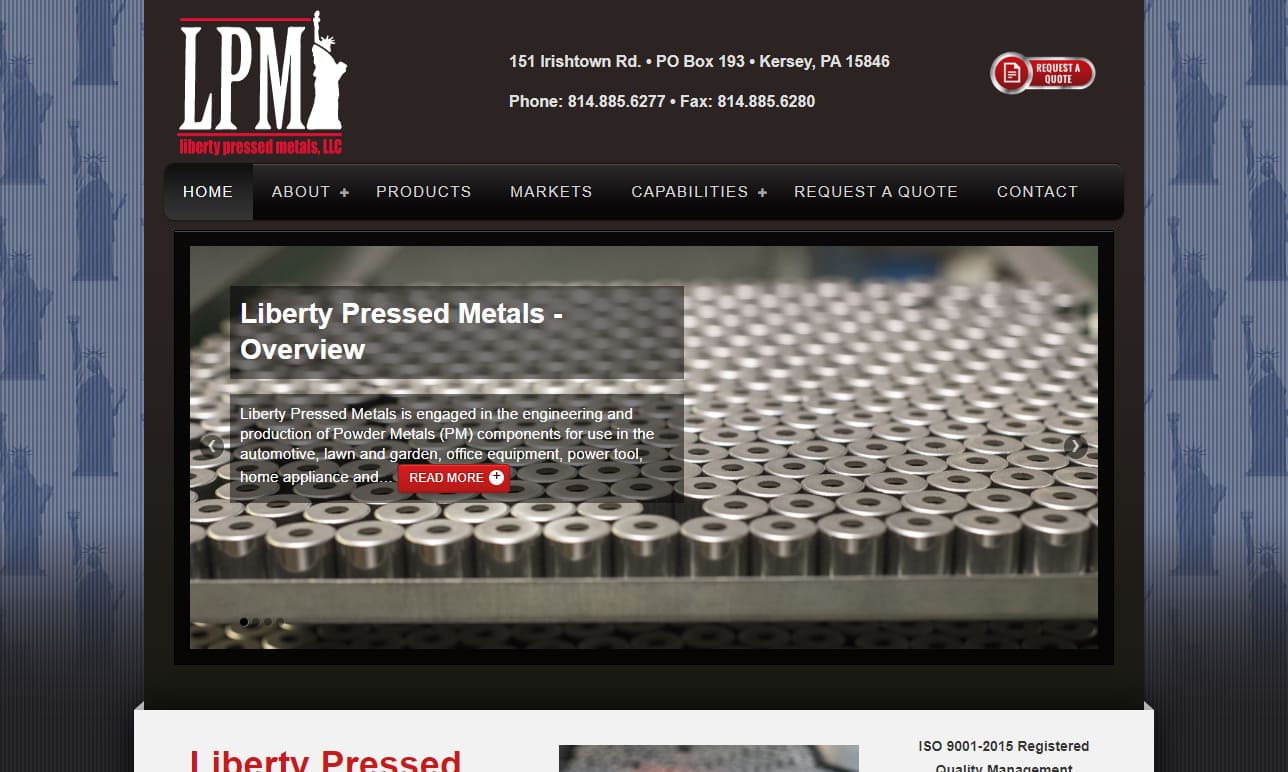
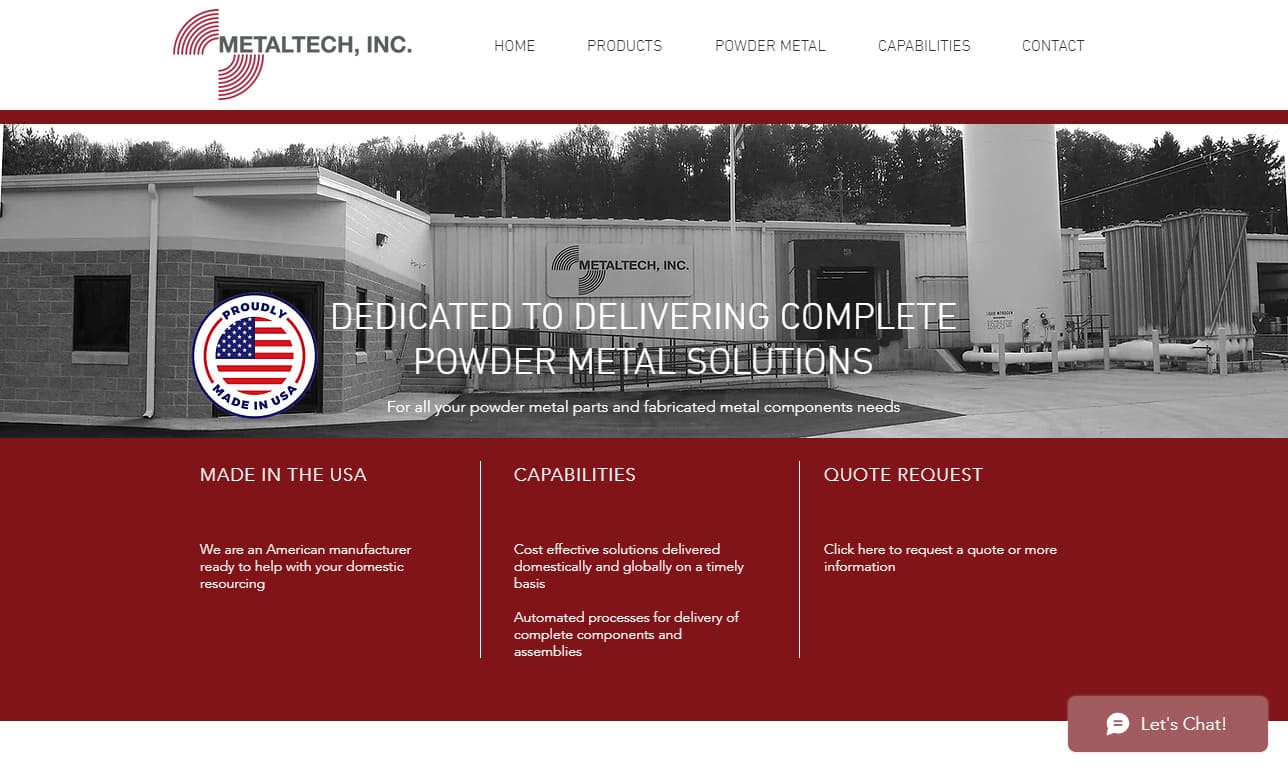
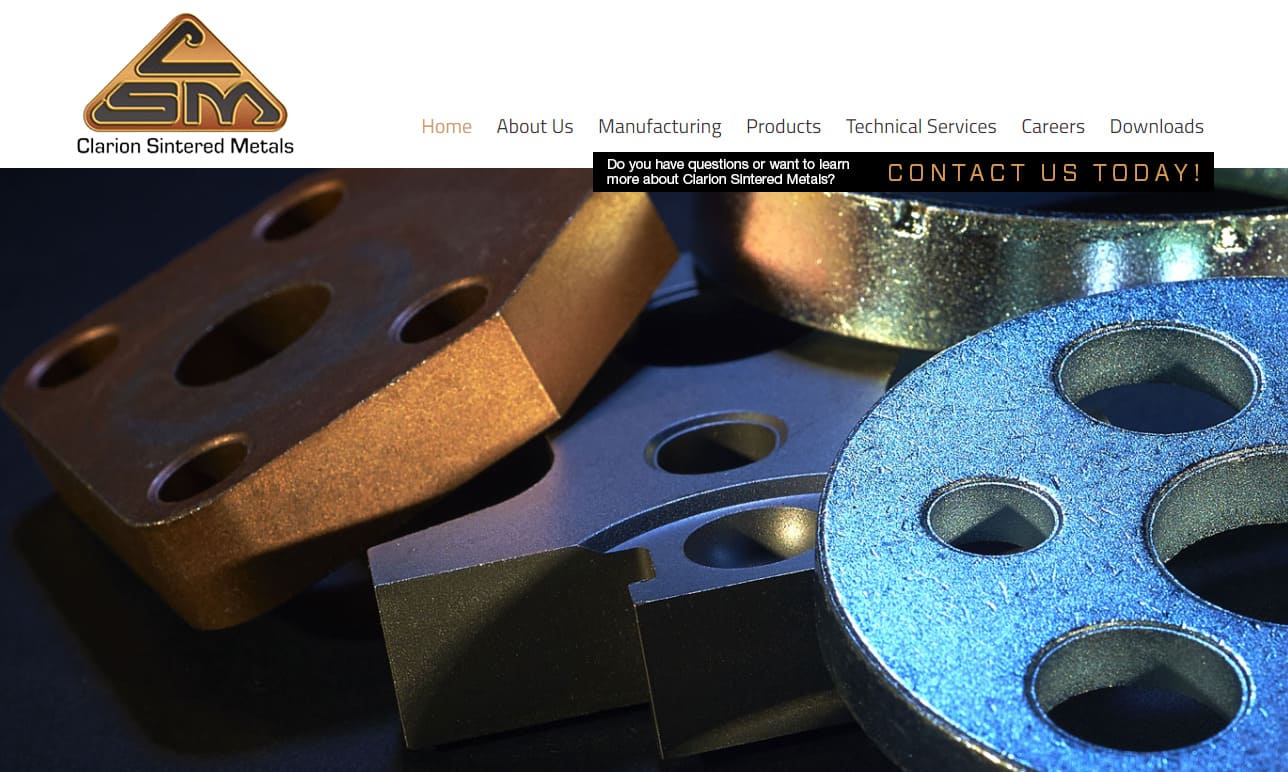
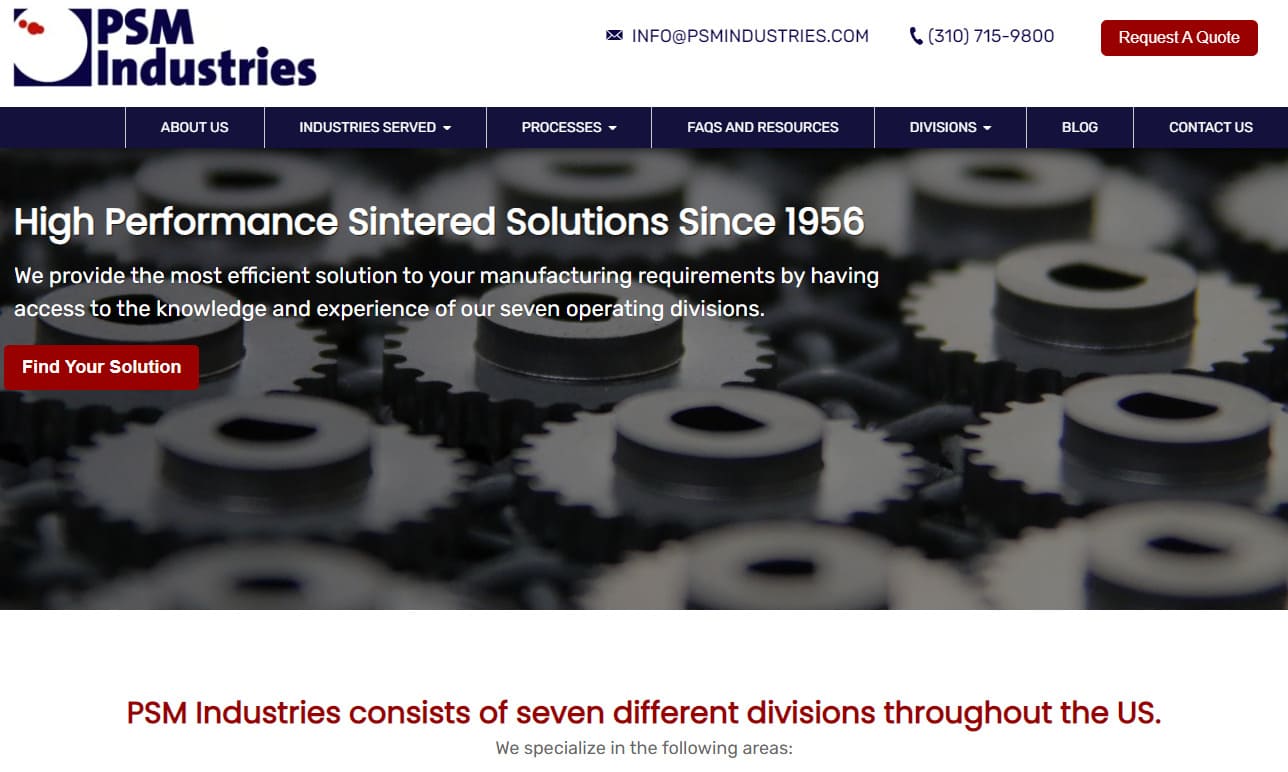
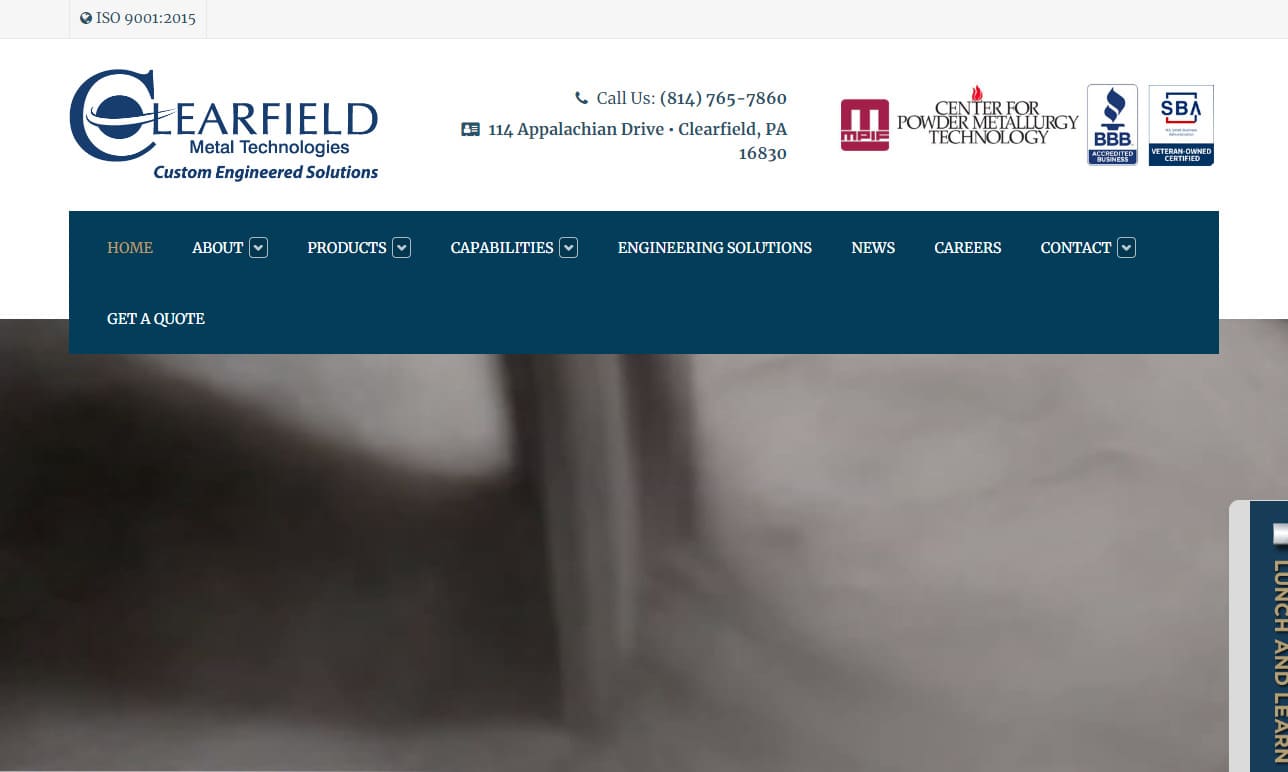
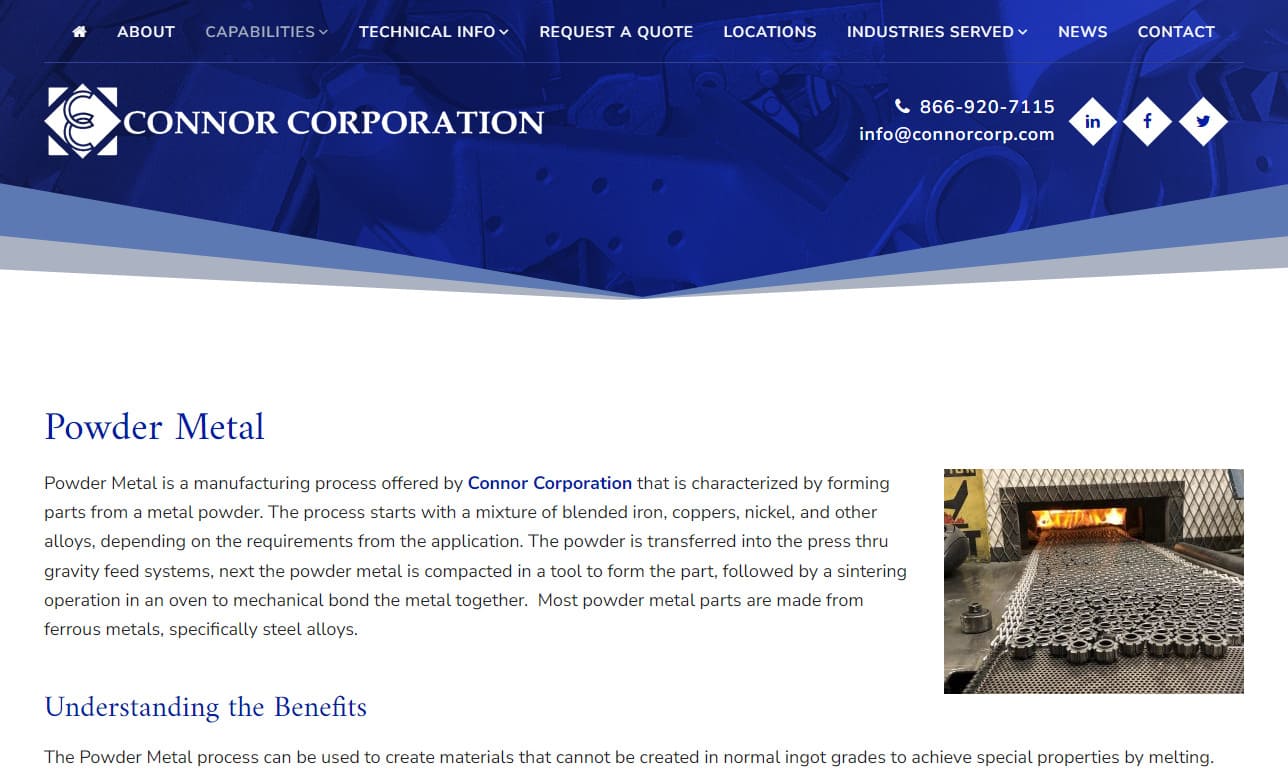
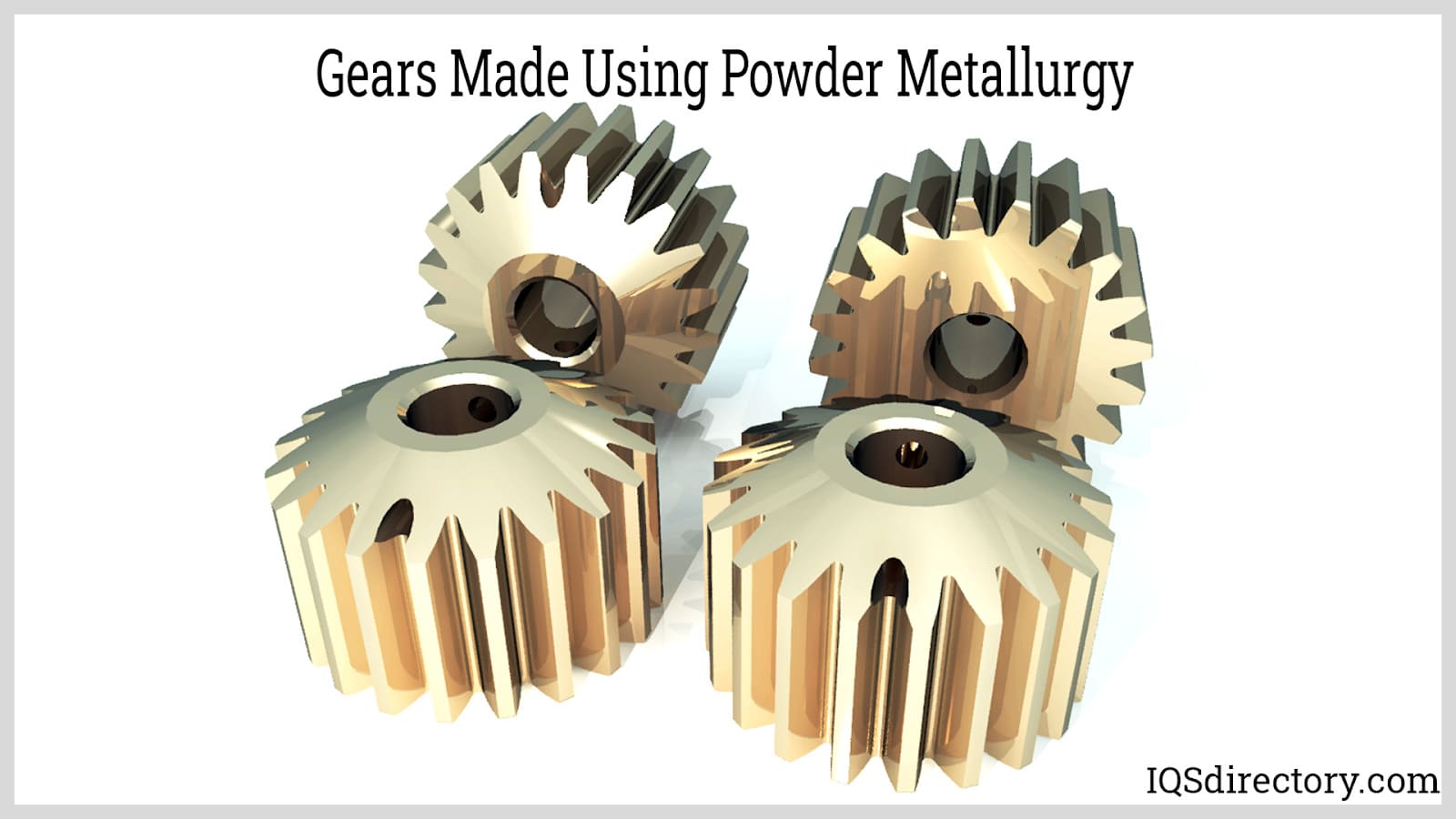
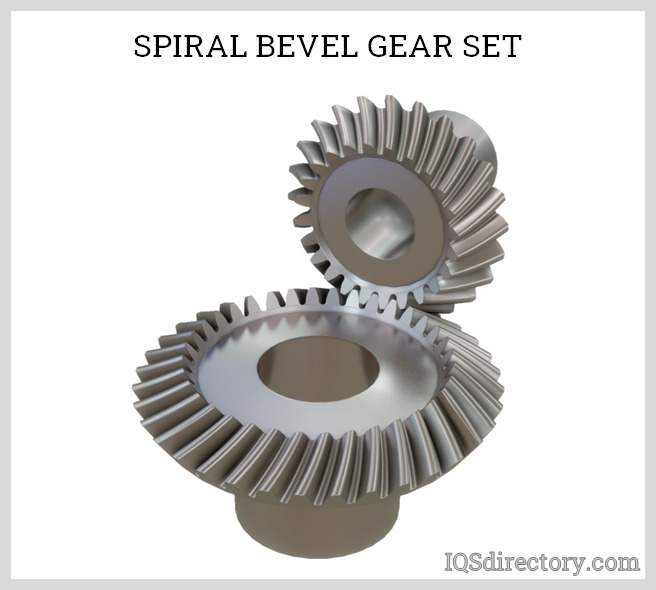
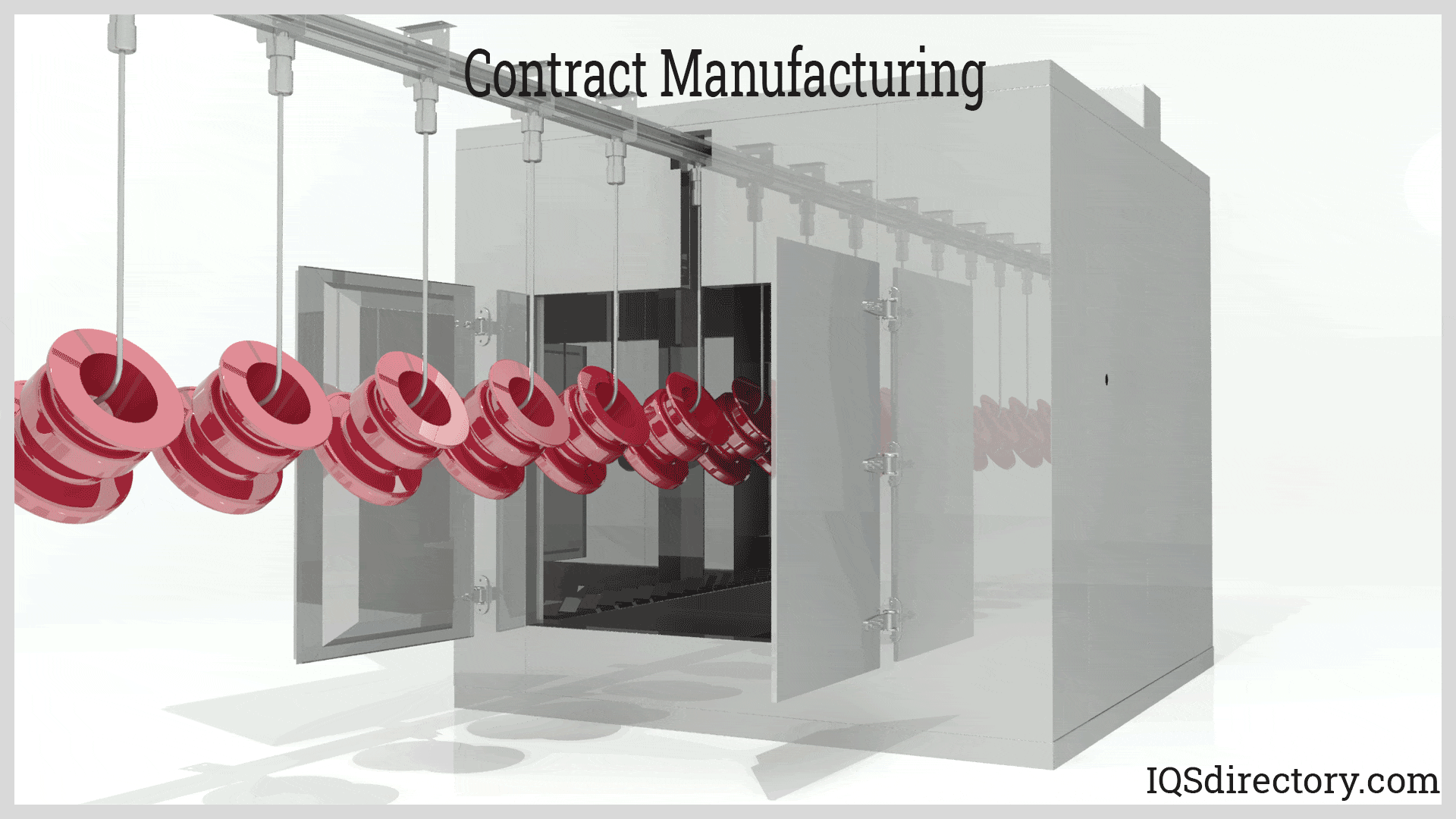
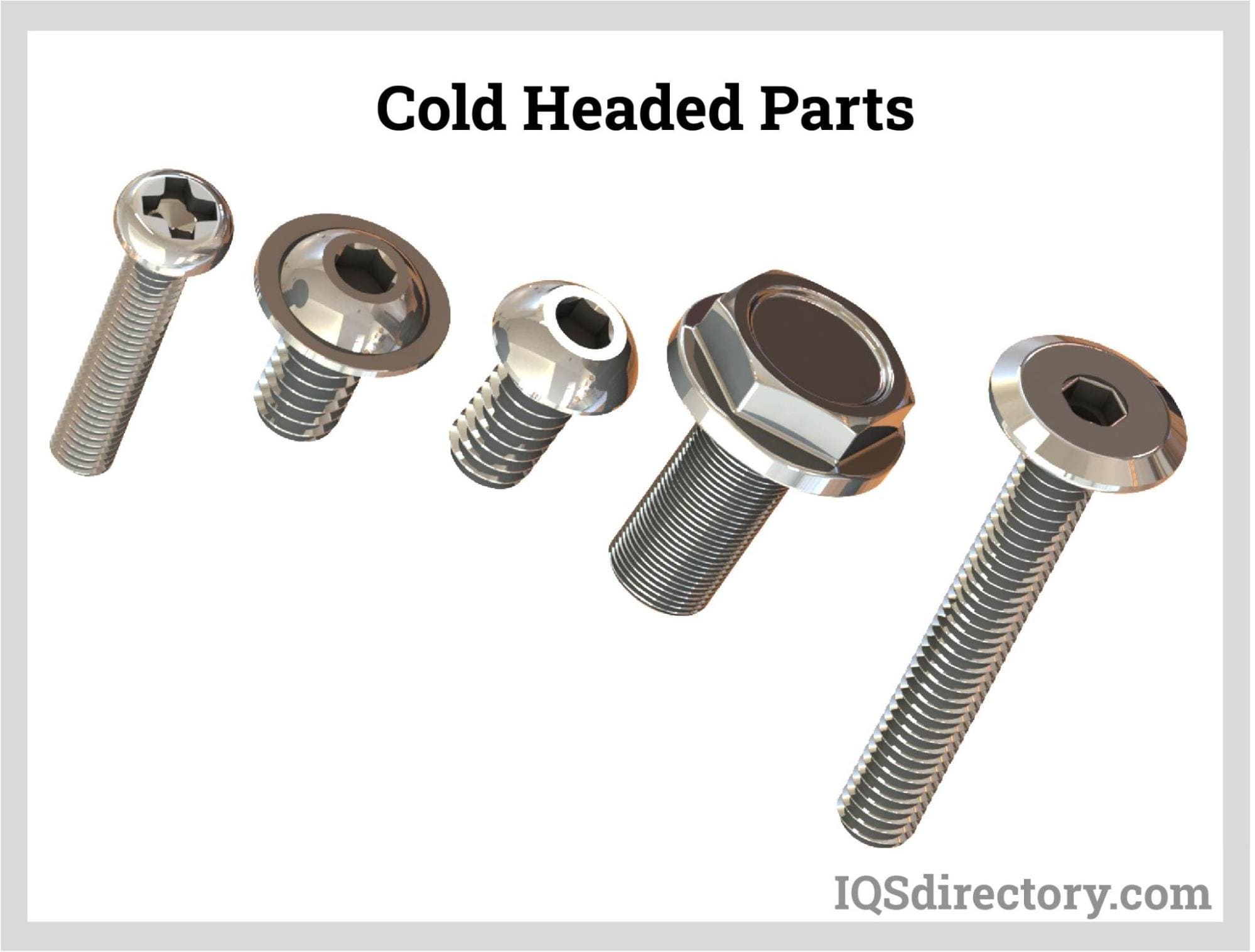
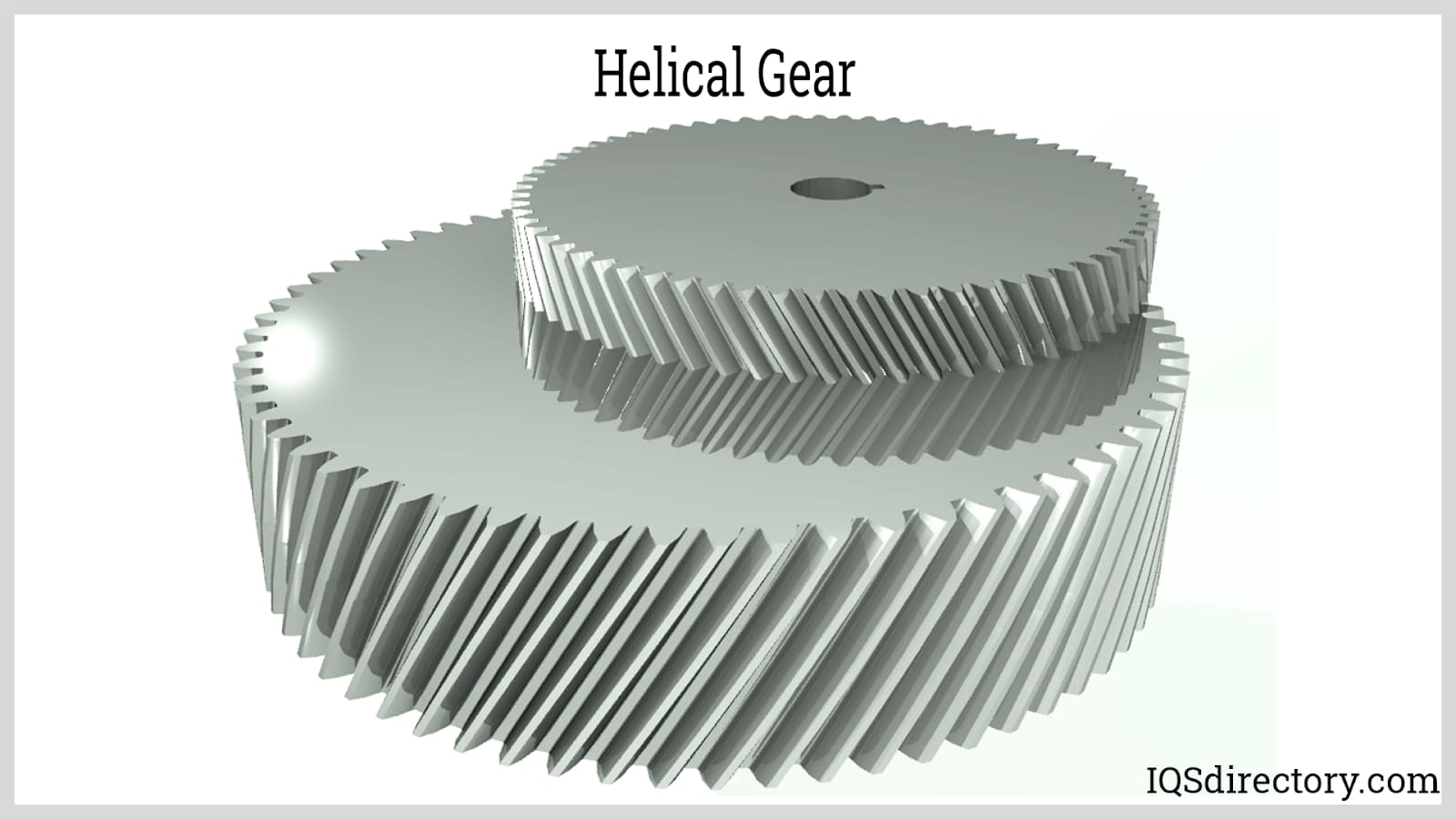
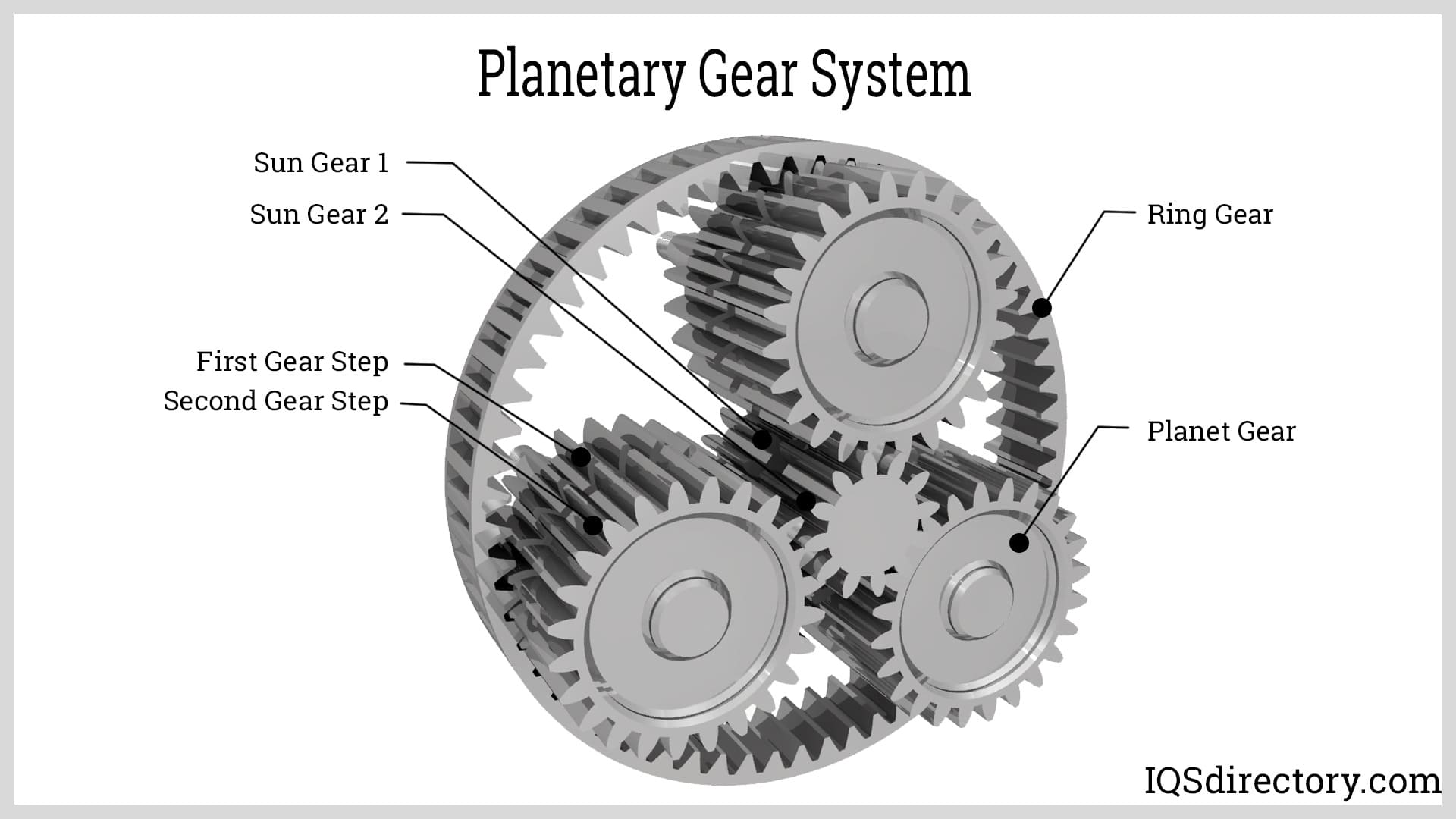
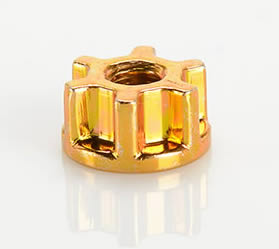 Cold Headed Parts
Cold Headed Parts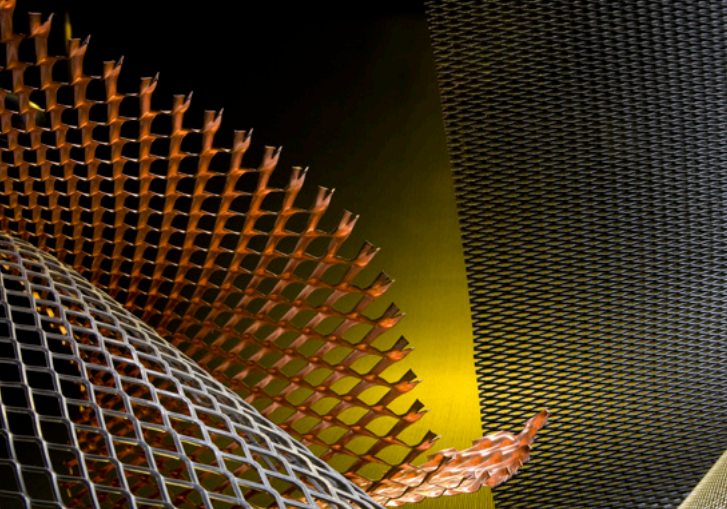 Expanded Metals
Expanded Metals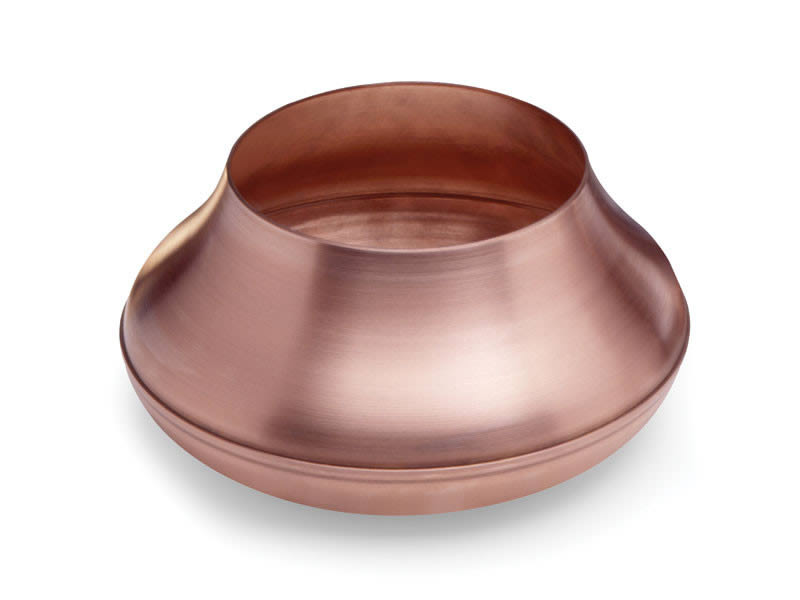 Metal Spinning
Metal Spinning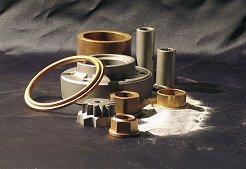 Powdered Metal Parts
Powdered Metal Parts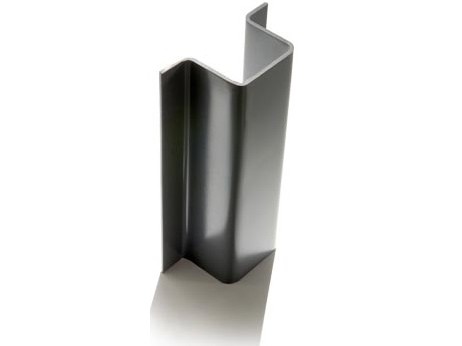 Roll Forming
Roll Forming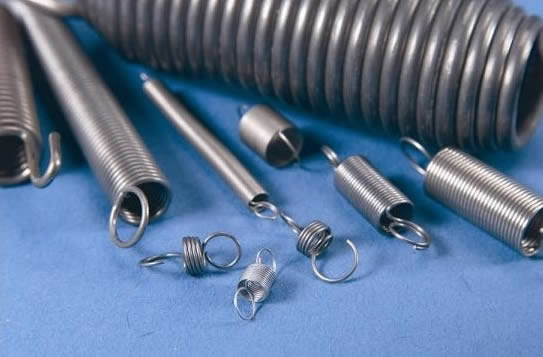 Springs
Springs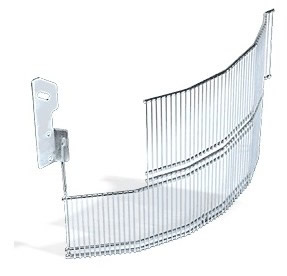 Wire Forms
Wire Forms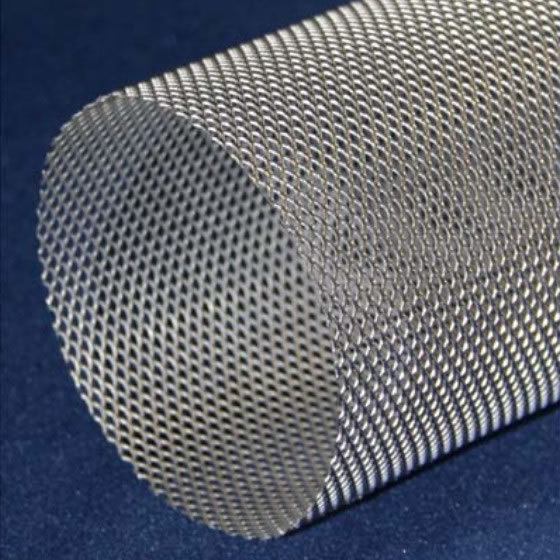 Wire Mesh
Wire Mesh Castings & Forgings
Castings & Forgings Bulk Material Handling
Bulk Material Handling Electrical & Electronic Components
Electrical & Electronic Components Flow Instrumentation
Flow Instrumentation Hardware
Hardware Material Handling Equipment
Material Handling Equipment Metal Cutting Services
Metal Cutting Services Metal Forming Services
Metal Forming Services Metal Suppliers
Metal Suppliers Motion Control Products
Motion Control Products Plant & Facility Equipment
Plant & Facility Equipment Plant & Facility Supplies
Plant & Facility Supplies Plastic Molding Processes
Plastic Molding Processes Pumps & Valves
Pumps & Valves Recycling Equipment
Recycling Equipment Rubber Products & Services
Rubber Products & Services